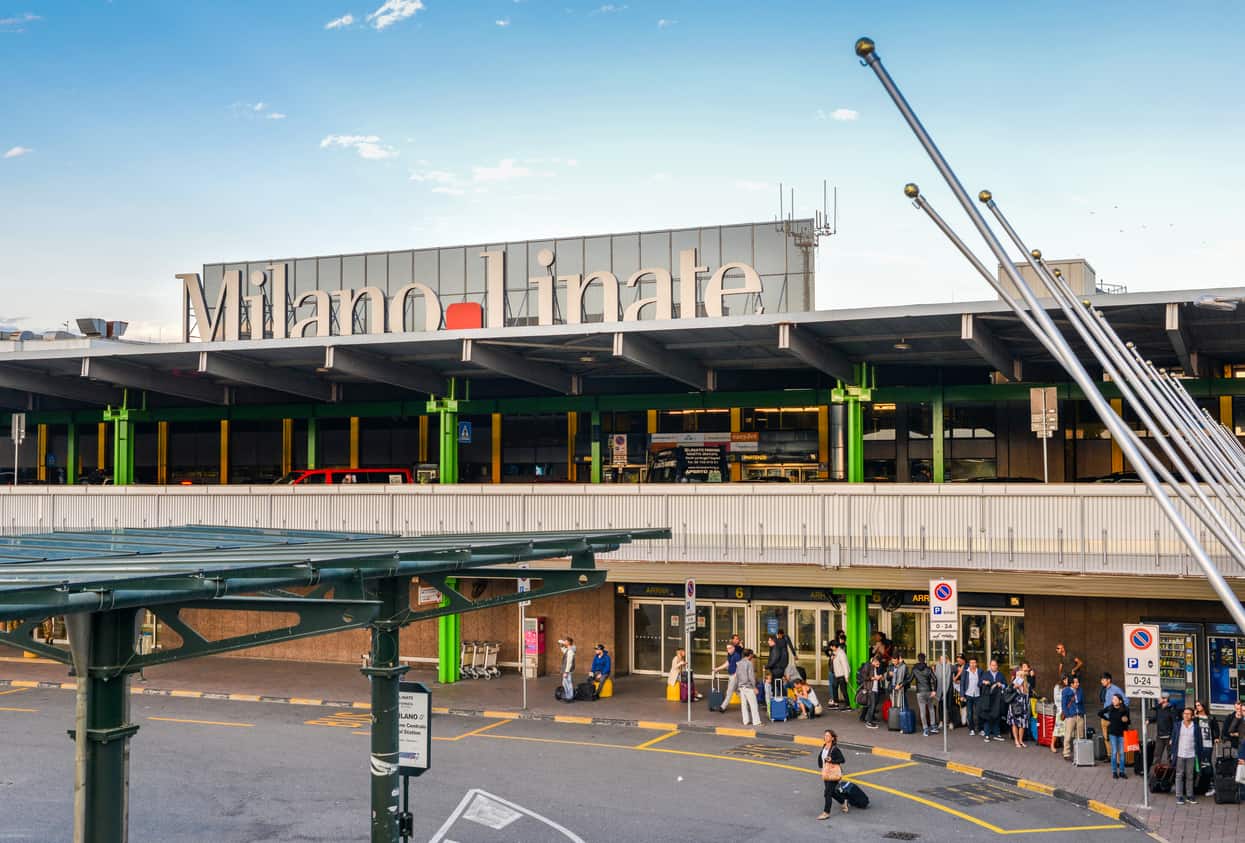SEA, which operates the airports of Milan Linate and Malpensa and is regulated by the rules on public procurement, has improved procurement processes with the help of a new cloud platform developed by JAGGAER.
Discover more public sector procurement case studies in our white paper, Going Digital in Public Sector Procurement.
The Benefits?
“A faster and more immediate relationship with suppliers, enhanced functionality and guarantee of regulatory compliance,” explains Andrea Ghiselli, SEA Group Purchasing and Supply Chain Director.
On the one hand, compliance with Italy’s rules of public procurement (the Codice degli Appalti) on the other, the needs of the business that require continuous research into effectiveness and efficiency. These are the two parallel tracks along which the strategies and innovation of companies operating in regulated sectors develop, while strongly exposed to competitive forces not only nationally but also internationally. With the further complexity of mixed participation. “A sort of Yin and Yang that makes the purchasing process particularly complex and challenging,” explains Andrea Ghiselli, SEA Group Purchasing and Supply Chain Director. The city of Milan and the F2i investment fund are the shareholders in SEA, which had revenues of € 713 million in 2018.
“The business requires rapid and effective responses to competitive stimuli, while the articulation of the regulatory provisions present important limits and constraints that must be respected,” says Ghiselli, who, aside from his years at SEA, has long managerial experience gained with McKinsey and then in an important utility.
SEA, which has seen double-digit growth in traffic after passing the difficult dehubbing phase in recent years, is engaged in a challenging transformation plan. The evolution does not only concern physical but also digital infrastructures, with a very strong drive towards the dematerialization of processes on several open fronts.
In particular, a new e-procurement platform has been implemented to improve the interaction with suppliers during the tender, which will replace the current solution, enhancing reach and functionality. The SaaS platform is provided by JAGGAER, which already has numerous airport companies among its customers.
The new online platform facilitates dialogue with competing suppliers in all the phases envisaged by the Codice degli Appalti: from the invitation to the collection of the offer, up to the phase of identifying the potential contractor and communication with the contractor.
“It is a fundamental part of the purchasing process, the one that is most exposed externally,” Ghiselli points out, “but also strongly integrated with the way we work. We manage over 1500 suppliers, with tenders for amounts that constantly exceed the European Union public procurement thresholds.”
At SEA, purchasing is fully centralized. The procurement team is organized by the different purchase categories, with a highly varied field of activity from stationery to the airport buses, from the construction of hangars to the revamping of the generation plants. “We are working on the new Linate and all the relevant contracts are managed with a tender. But we also buy turbines, refrigeration units, basic chemicals and much more, in a supply market that is increasingly international, consistent with the business in which we operate,” explains Ghiselli.
In May 2018 the first phase of the “New Linate” project was completed, to deliver a completely renovated city airport to Milan in 2020. The new façade has been completed, and the arrivals area and the baggage claim area have been modernized.
Ghiselli’s team, consisting of about 40 people divided between the two airports, includes the category managers and a staff with technical and legal skills, which deals with the formal aspects of the process.
They are joined by a third team dedicated to logistics, composed of some 20 people, which deals with material management and order management, taking care of basic requirements, the logistics flows to and from the storage points, as well as warehouse operations. This is an activity that is evolving towards just in time, with an increasing penetration of electronic catalog order management systems, envisaging a direct interface of the requester with the supplier (with respect to conditions negotiated upstream). In short, a model that, for some purchase categories, combines the governance of the purchasing process and spend with the advantages of “democratization” and simplification of the relationship with the supplier.
The Advantages of Selecting a Specialized Supplier
The selection of a cloud solution and a supplier with solid market references will allow SEA to reap several advantages.
“The portal allows us to have a faster and more immediate relationship with the supplier network, also facilitated by the specialized helpdesk provided by the vendor. We will have access to features that enable faster negotiation processes with more suppliers as well as more precise and articulated award criteria. Naturally, we also expect an economic benefit, even if this is not the decisive variable that has led us to choose this solution,” says Ghiselli, who adds: “Then there are the benefits related to compliance with the Codice degli Appalti. We are immersed in a continually changing regulatory environment, and whenever the legislator changes a rule the portal used for the tenders must incorporate the change. The cloud platform ensures systematic updating. Then there is the advantage of cross-fertilization: by sharing the experiences developed working with different contracting authorities allows JAGGAER to offer a more specific, advanced and powerful tool, much more scalable and simpler to manage and update.”
Furthermore, Ghiselli says: “The complete digitalization of the purchasing process is the only credible solution that allows the regulatory requirements of public procurement to align with business needs. The latter requires short response times, a wide reach and an increasingly collaborative and interactive approach. ”
This post originally appeared on digital4.biz.




